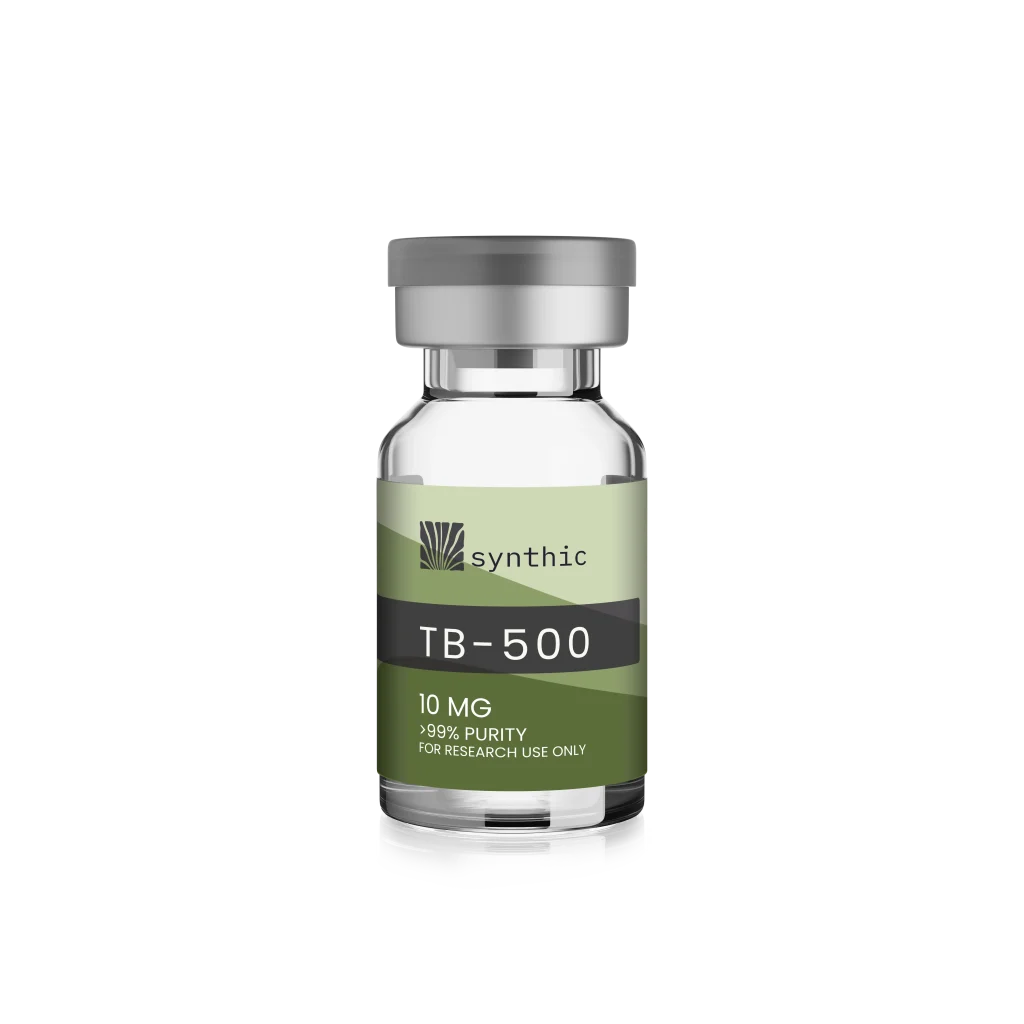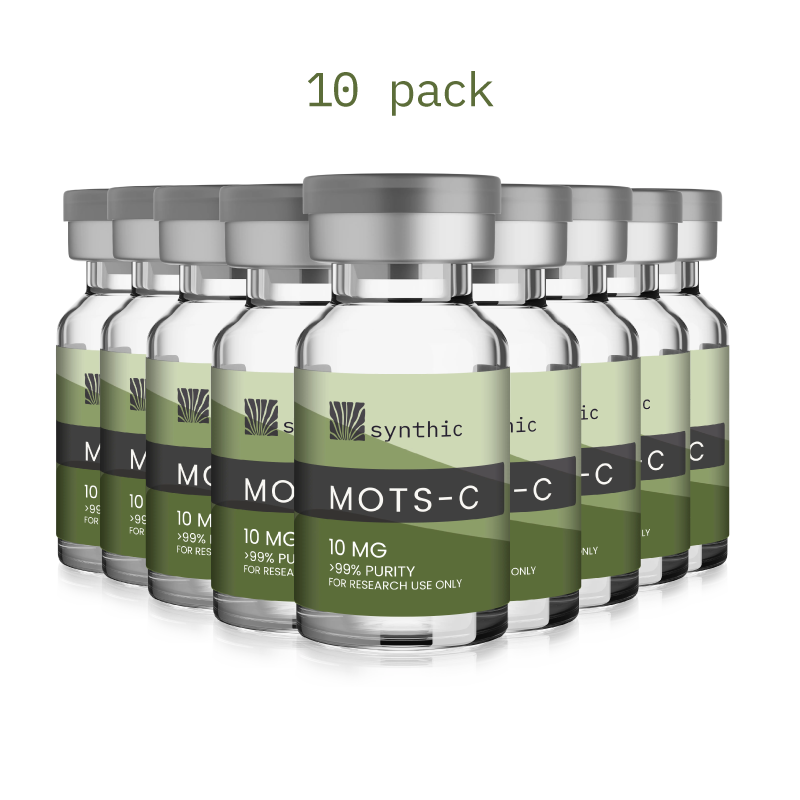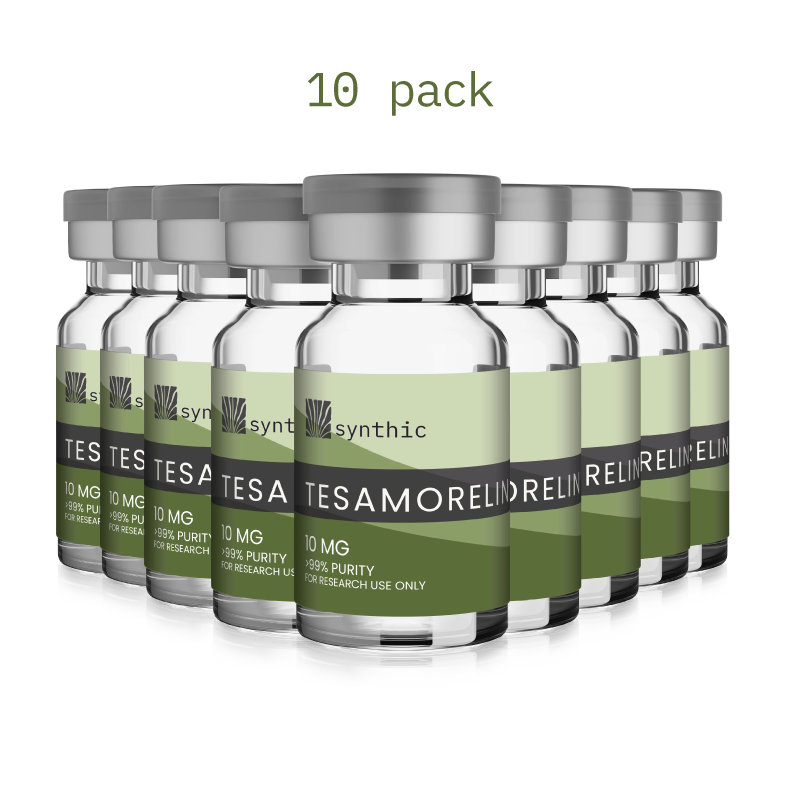Peptides continue to make significant strides in skin health research, offering new possibilities in areas like collagen regeneration, pigmentation modulation, and oxidative damage repair. Two peptides drawing particular interest are GHK-Cu, a copper-binding compound known for its reparative effects, and Melanotan I, a selective melanocortin receptor agonist associated with increased melanin production and photoprotection.
Together, these compounds are being explored for their complementary roles in promoting healthier, more resilient skin.
GHK-Cu: Structural Support and Dermal Regeneration
GHK-Cu (Glycyl-L-histidyl-L-lysine-copper) is a naturally occurring tripeptide present in plasma, saliva, and other human fluids. Its levels decline with age, prompting interest in its role in tissue remodeling and repair. It has been studied in contexts ranging from wound healing to anti-aging interventions.
Key Areas of Research:
- Collagen and elastin stimulation
- Wound repair and inflammation modulation
- Angiogenesis and fibroblast activation
- Skin firmness and textural improvement
- Antioxidant gene expression support
Mechanism of Action:
GHK-Cu works by binding copper ions and activating pathways involved in tissue regeneration. It influences fibroblast activity, modulates matrix metalloproteinases (MMPs), and regulates TGF-β, all of which contribute to skin remodeling and reduced signs of aging.
Melanotan I: Supporting Pigmentation and UV Resilience
Melanotan I (afamelanotide) is a synthetic analog of alpha-MSH, studied for its ability to bind melanocortin-1 receptors (MC1R) and stimulate the production of eumelanin—a form of melanin that provides greater UV protection.
Unlike Melanotan II, which has broader receptor activity, Melanotan I is more selective, making it potentially better tolerated in research settings. It has been used clinically in specific conditions like erythropoietic protoporphyria (EPP).
Research Highlights:
- Enhances eumelanin production and natural tanning response
- Improves UV resistance in fair or photosensitive skin
- May reduce oxidative skin damage from sun exposure
- Potential to support even pigmentation and reduce photoaging risk
Mechanism of Action:
By stimulating MC1R on melanocytes, Melanotan I increases eumelanin production, leading to a darker and more UV-resistant skin tone without the need for high levels of sun exposure.
Dual Approach: Repair from Within + Defense from Without
When studied together, GHK-Cu and Melanotan I offer a two-pronged research strategy for comprehensive skin health:
| Function | GHK-Cu | Melanotan I |
| Collagen/Elastin | Stimulates fibroblast activity | Not directly involved |
| Pigmentation | Reduces hyperpigmentation | Stimulates eumelanin for UV protection |
| UV Defense | Repairs oxidative damage | Enhances natural photoprotection |
| Wound Healing | Accelerates tissue repair | Not a primary effect |
| Anti-inflammatory | Modulates inflammatory markers | Mild immune modulation |
| Skin Aging | Improves structure/texture | May help prevent photoaging |
Areas of Ongoing Study
GHK-Cu:
- Anti-aging and skin rejuvenation models
- Scar minimization and wound care studies
- Topical peptide delivery in cosmeceutical research
- Gene modulation associated with dermal repair
Melanotan I:
- Photoprotection in UV-sensitive populations
- Tanning support in fair-skinned research subjects
- Oxidative stress and pigmentation regulation models
- Clinical use in light-sensitive skin disorders
Safety Considerations
- GHK-Cu has a strong safety profile in preclinical and topical research models.
- Melanotan I is more receptor-selective than its analogs and has been associated with fewer off-target effects, though side effects such as flushing or transient nausea have been reported in some studies.
As with all experimental peptides, these compounds are intended for research use only and are not approved for general consumer or cosmetic applications.
Conclusion
In the context of skin peptide research, GHK-Cu and Melanotan I represent a promising dual-pathway approach: one aimed at repairing and rebuilding the skin’s internal structure, and the other at fortifying external defenses against environmental damage.
This combination may offer insight into next-generation peptide protocols for skin aging, pigmentation, and UV resilience. As research evolves, these two peptides may continue to inform how the skin can be supported from both within and without.



